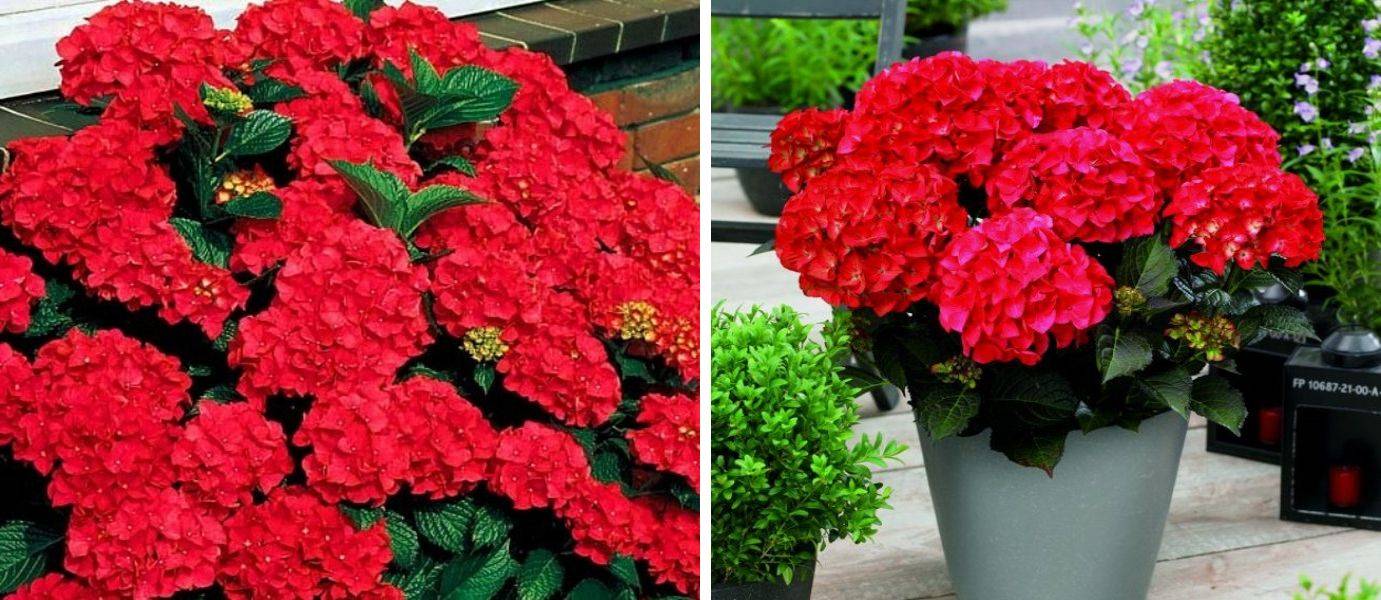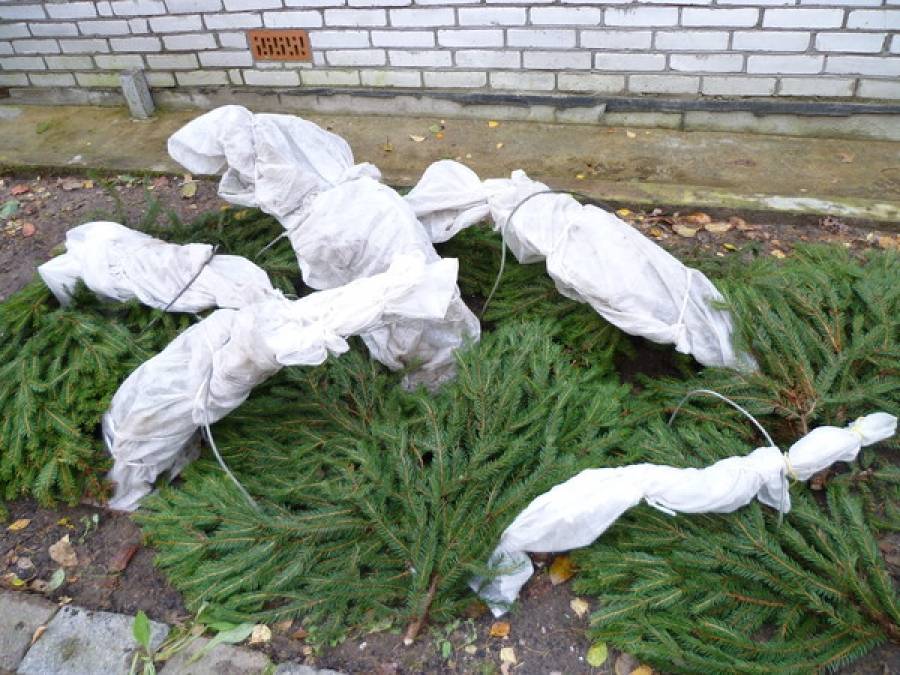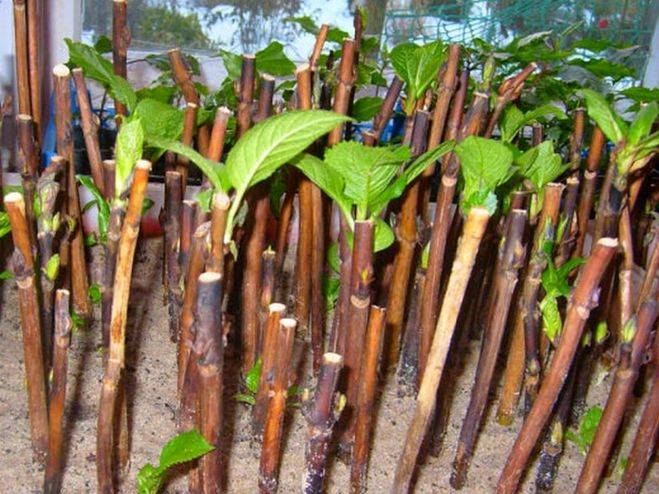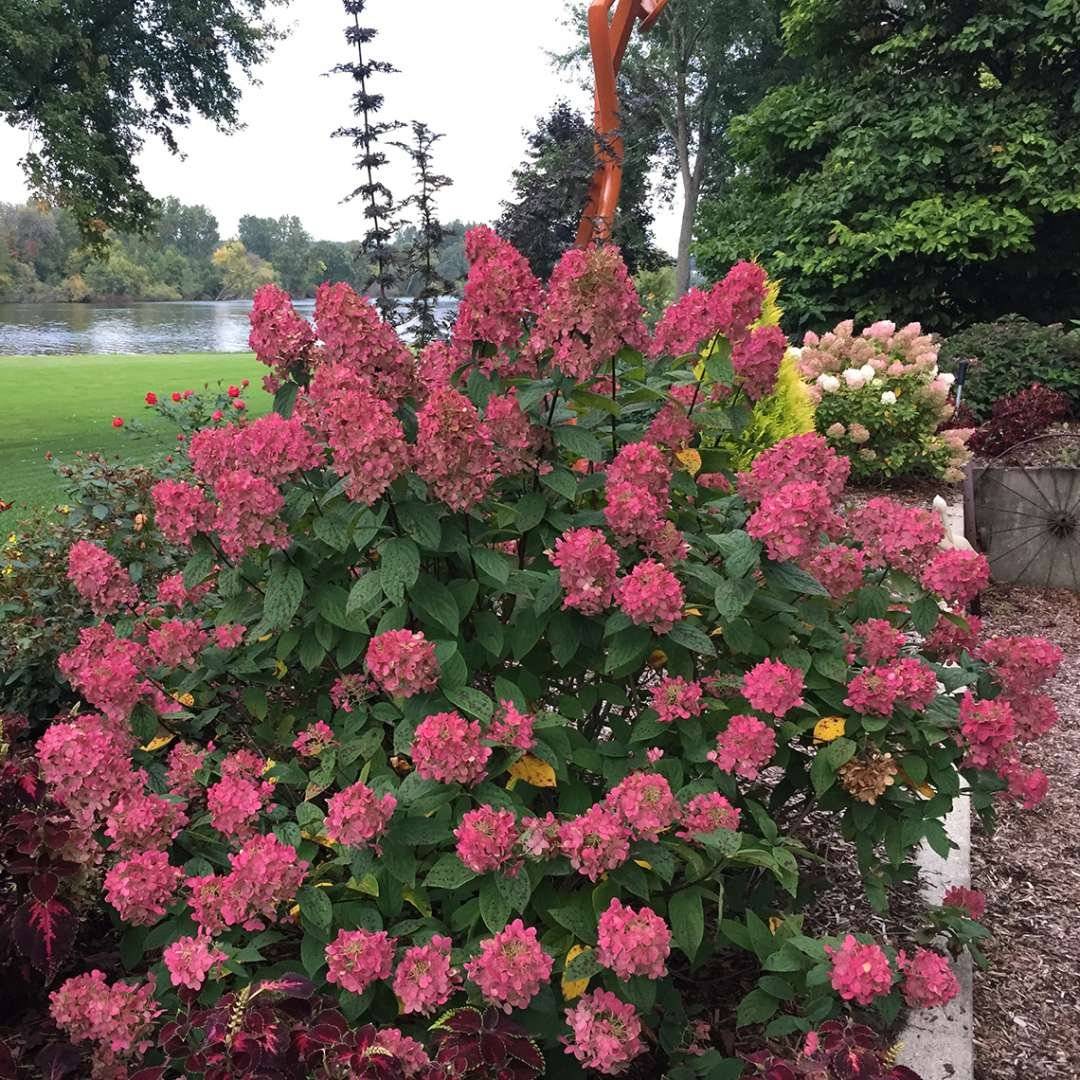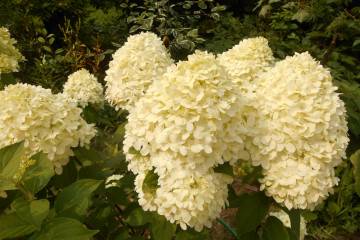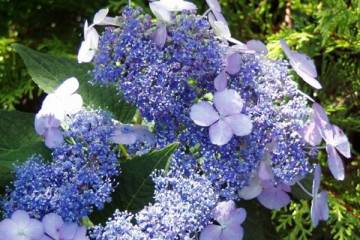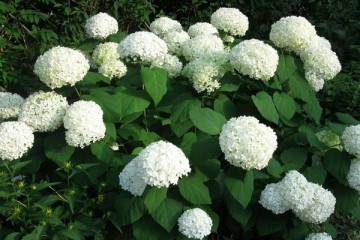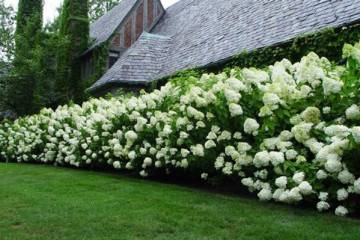Hydrangea Red Angel - description, planting and care
Content:
Hydrangea Red Angel is one of the most common ornamental plant varieties. Often used by landscape designers to decorate personal plots, parks and squares. The culture is unpretentious in care and cultivation.
Description of the Red Angel variety and its characteristics
Large-leaved hydrangea (Hydrangea Macrophylla) is a compact shrub with a dense crown. It reaches a height of no more than 1 m. The leaves are large, their color is dark green. During flowering, a large number of flowers are formed in a rich purple-crimson color.
Planting and further care
Hydrangea large-leaved Red Angel is a photophilous plant, therefore it should be grown in sunny areas, but avoiding direct sunlight. The place should also be protected from wind gusts and drafts.
The soil should be nutritious and loose. The higher the acidity level of the soil, the richer the color of the petals will be.
The sequence of actions when planting a plant:
- Prepare a pit (its size will directly depend on the size of the root system).
- For the drainage layer, you need to use crushed brick or expanded clay.
- Carefully lower the seedling, spreading the roots, and bury.
- Tamp the soil near the trunk.
At the end, it is recommended to mulch the peri-stem circle with wood ash, and then water it.
It is necessary to water the crop sparingly as the soil surface dries out. To irrigate the bush, use warm, settled water. Hydrangea also reacts well to the introduction of mineral, organic and complex fertilizers. Sustained release formulations can be used.
One of the main conditions for preserving decorative qualities is regular pruning in order to form the crown. Remove / prune dried, damaged and young shoots. Branches of 2-3 years old cannot be cut off, since inflorescences are formed on them.
Reproduction
The most common breeding method is cuttings. Cuttings are obtained from annual shoots. They are cut mainly at the end of summer. The prepared planting material, before rooting, is preliminarily immersed in a growth stimulator and then planted in a soil mixture. This allows the plant to take root quickly.
It is recommended to plant hydrangeas in open soil in the spring after a year.
Diseases and pests: means of combating them
Subject to agrotechnical requirements, there will be no problems with diseases and insect attacks. However, if a florist is faced with a misfortune, you need to start solving it immediately. Insecticidal preparations have an effective effect against parasites. Fungicides are more commonly used to fight diseases.
Use in landscape design
Thanks to its excellent decorative qualities, the plant looks good both for single and group plantings. Shrubs are primarily grown to create hedges. Due to the rich and noble color of the petals, the plant looks very impressive.
Hydrangea Red Angel is an unpretentious ornamental plant in cultivation, which blooms luxuriantly and beautifully. The main thing is to plant the seedlings correctly and provide them with decent care.
